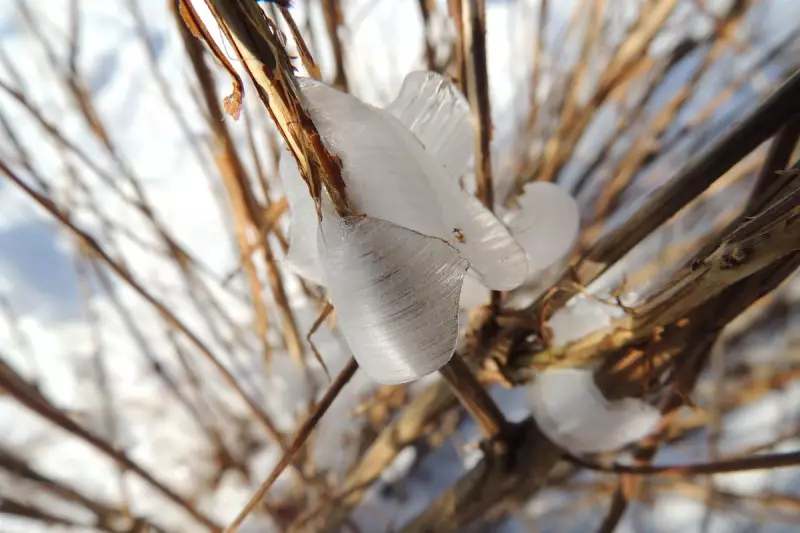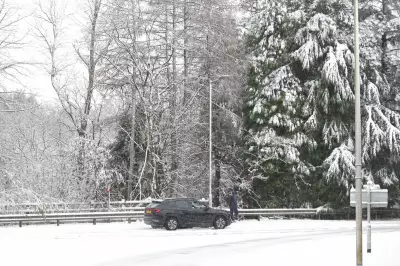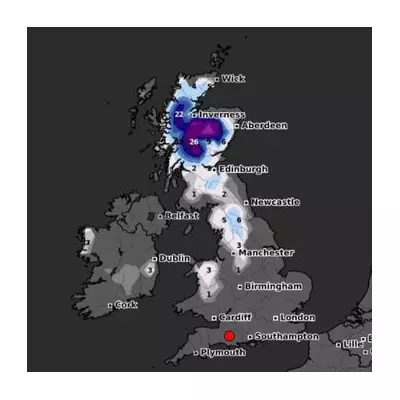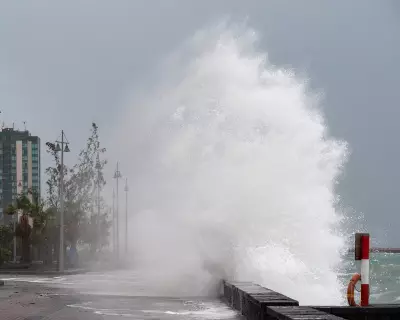
A recent and severe cold snap across the United States has delivered more than just a blanket of snow; it has unveiled a breathtaking natural spectacle known as frost flowers. These delicate, intricate ice formations have been captivating early risers and nature enthusiasts with their transient beauty.
The Science Behind the Magic
Frost flowers are not made of frozen water droplets like typical frost. Instead, they are composed of thin, ribbon-like strands of ice that curl and spiral into intricate, flower-like patterns. This magical phenomenon occurs when frozen water is pushed through the slender slits of specific plant stems, unfurling into nature's own frozen sculpture.
Resembling the finest spun sugar or the most delicate glass, these icy blooms are incredibly fragile. They dissolve at the slightest touch and typically last for only a few fleeting hours, vanishing with the morning sun. They are most commonly observed in the eastern United States, particularly in its northern reaches where hard, severe frosts are a more regular winter feature.
A Fleeting Glimpse of Beauty
Earlier this week, residents across Indiana, Missouri, and Tennessee took to social media to share captivating images of their fields and gardens adorned with these unique natural sculptures, which appeared immediately following a hard frost.
Professor Emeritus Alan Templeton of Washington University in St. Louis, a specialist in conservation genetics, emphasised their ephemeral nature. "You have to be at the right time, at the right place," he explained. "You see them and you know they’re going to be gone in an hour or two. So it’s this very ephemeral, but highly variable beauty, and it’s that combination that makes me so fascinated by them."
Professor Templeton detailed that the conditions for their formation must be perfect. The ground needs to be warm and wet enough for water to travel up from the plant's roots into the stem, while the air must be cold enough to freeze the liquid. This internal pressure causes the stem to split, allowing the ice to extrude and create the flower-like appearance.
A Rare and Unique Occurrence
This phenomenon is exclusive to a select few plant types, primarily white and yellow wingstem plants. The stems must be capable of holding water in the autumn or early winter and be weak enough to fracture under the pressure from the expanding ice. Furthermore, the plants require an especially active root system later in the year.
"They’re really beautiful," Professor Templeton said, recalling his first encounter with them decades ago in the Missouri Ozarks. "And also each one is unique. There’s no two frost flowers that are the same."
On Monday, he visited a conservation area in St. Louis County where he had previously found hundreds, but this time located only about two dozen. He attributed the lower count to the flowers appearing earlier than usual and the temperatures not dropping quite low enough.
The experience of Crystal Legens from Tennessee underscores how elusive these formations can be. Having lived in the state most of her life, she only discovered frost flowers three years ago after moving to a more rural area. She initially mistook them for spider webs or silkworms. "When I got out of my car and picked them up, they broke apart in my hands," she said.
"People live here their whole life and they never even know that exist because they just never see them or they’re not in the right place at the right time," Legens added, highlighting that for those who witness them, it is a truly special winter moment.





